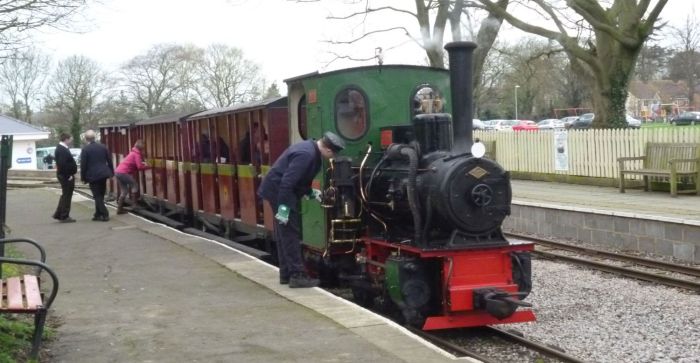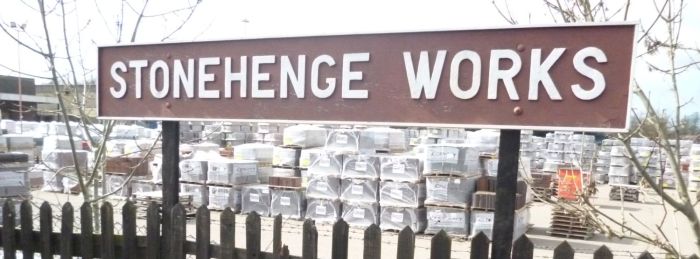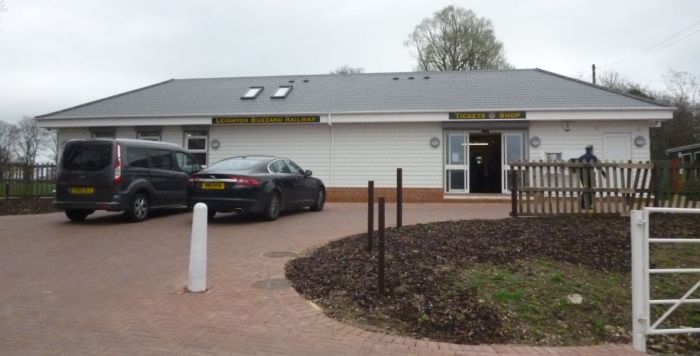[I was due to post this last week, before the Volunteer’s Day that happened at the weekend, but personal events took greater importance]
Many of you may know that railways have long been a passion of mine, not just the main line, but also preserved railways. After a decade of thinking about helping out at a local heritage line, I’ve finally bitten the bullet, and given up some of my time for the Leighton Buzzard Railway.

PC Allen prepares to leave Page’s Park Station with three coaches
The line opened on 1 December 1919, so is approaching its centenary. After World War One, cheap sand was no longer able to be imported from Belgium, and demand increased for the sand from quarries around the Bedfordshire town of Leighton Buzzard. A four-and-a-half mile railway was built, at two-foot gauge, to connect the quarries, brickworks and other businesses to the main line. The decline began after World War Two, when larger lorries started to become more common and the movement of sand increasingly moved onto the roads. From 1968 to 1981 an unusual arrangement was in place whereby the line was used for industrial purposes during the week, but passenger trains were run by the newly named Leighton Buzzard Narrow Gauge Railway at weekends, initially using goods wagons with standing room only. The last freight train ran on 2 June 1981 and the preservation society gained full control.

The line may no longer be used for industrial purposes, but business such as Redland Tiles remain
Today, three miles of the line are used, from Page’s Park to the railway’s workshops at Stonehenge Works. Trains operate on around 100 days each year either using the standard (one-train) service, or enhanced operation (with trains passing at Leedon Loop) with a mixture of steam engines and internal-combustion locos. The trip takes around 25 minutes each way with around the same at Stonehenge Works to see the displays and to visit the craft shop with locally produced items. The line has some unusual features, including the 1-in-25 gradient of Marley’s Bank (about the steepest you’ll find anywhere on a UK railway) and a very sharp curve just after Vandyke Road allowing the train to turn close to 90° in total (great for photographing the front of the train from the back of it).
It’s a unique example of Britain’s industrial heritage and the collection includes many early 20th century locos. One of Bedfordshire’s best attractions, it’s also twinned with a similar railway in France, the Froissy-Cappy-Dompierre Railway, and Indian Railways, including the wonderful Matheran Hill Railway. Not one to stay in the past, a brand-new station building was opened at Page’s Park in July 2016 – which helped the railway win the prestigious Peter Manisty award for outstanding contribution to railway preservation – and an extension at the Stonehenge Works end as well as a museum there are in the pipeline.

The new station building at Page’s Park, opened in July 2016
If you’re interested in finding out more about England’s friendly little line, see the website, Facebook or Twitter. Trains operate every Sunday from mid-March to December, as well as other days during school holidays or for special events, which this year include an Ale Trail, the opportunity to meet Paddington and a couple of important milestones for the line. Click through for the operating days and directions.

